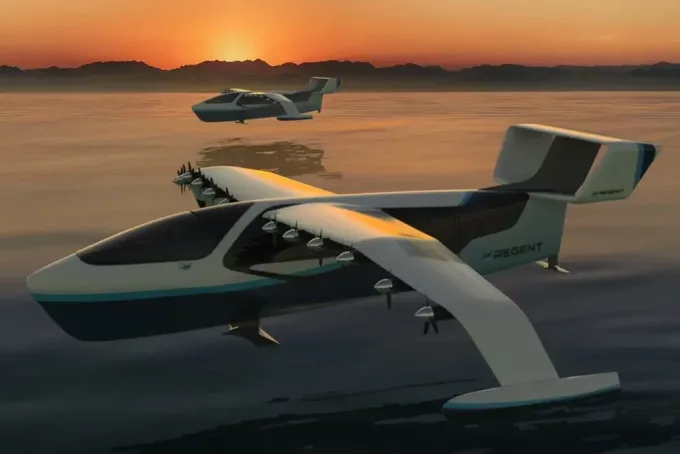
The US’s Regional Electric Ground Effect Nautical Transport (Regent) is reviving the wing-in-ground (WiG), or ’ground-effect’ concept, which it says is applicable for new types of maritime cargo and passenger vehicles.
The Seaglider’s ‘Viceroy’ design would allow it to fly at 180 ...




Comment on this article